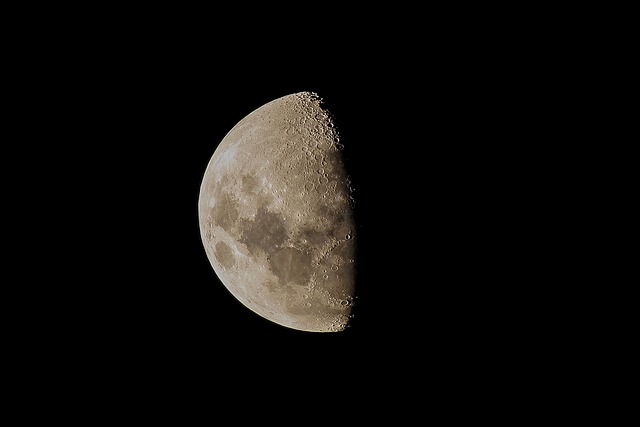For effective upper lip waxing, understanding skin type and hair growth is key. Different waxes cater to coarse or fine hairs, with options like hot wax, sugar wax, or strip wax. Choosing the right wax, applying proper techniques, and preparing the skin beforehand minimizes irritation and ensures a smooth experience. Consult professionals for guidance on products and techniques specific to your needs.
“Avoiding common pitfalls is key to achieving smooth, confident results with upper lip waxing. This comprehensive guide navigates the process from start to finish, ensuring a seamless experience. We delve into the art of choosing the right waxing method and wax types tailored for facial areas. Pre-wax preparation tips include cleansing, exfoliating, and minimizing irritation.
Learn proper application and removal techniques, and discover post-waxing care secrets to prevent ingrown hairs. Additionally, we explore essential tools and safe waxing practices, empowering you to master upper lip waxing with ease and confidence.”
Choosing the Right Waxing Method for Your Upper Lip
When it comes to upper lip waxing, understanding your skin type and hair growth is key. Different methods cater to various needs, so choosing the right one is essential for a smooth and effective experience. For instance, hot wax is popular for its ability to remove hair from the root, making it ideal for coarser hairs and ensuring longer-lasting results. However, it might be too harsh for sensitive skin. In such cases, sugar wax or strip wax could be gentler alternatives, though they may not penetrate as deeply.
Consider your lip texture and the desired outcome. If you have fine hair, a warmer wax might be overkill; a gentle, all-natural wax could provide the best upper lip waxing experience without irritation. Remember, the right technique matters too. For the upper lip, a thin layer of wax applied in the direction of hair growth is recommended, followed by quick, firm strips to lift the hair away from the skin.
– Understanding different waxing techniques
Many people rush into facial waxing without fully understanding the various techniques available, leading to common mistakes and unwanted side effects. It’s essential to know that different areas of the face require distinct waxing approaches due to varying skin sensitivities and hair growth patterns. For instance, upper lip waxing is a popular yet delicate procedure, often done with a small wax applicator to target fine hairs. This precise method minimizes discomfort but demands skill to avoid ingrown hairs.
In contrast, full-face waxing involves a broader application of heat and wax, suitable for areas like the cheeks and chin where coarser hair grows. Proper preparation, including exfoliation and using pre-wax oils, is crucial for smooth results. Understanding these nuances will help you select the right technique for your needs, ensuring a more effective and pleasant waxing experience.
– Discussing appropriate wax types for facial areas
Choosing the right wax type is essential for a smooth and comfortable facial waxing experience, especially for sensitive facial areas like the upper lip. Different waxes are formulated to suit various parts of the face due to their distinct textures and melting points. For instance, hard waxes are ideal for removing coarse hair from the upper lip, providing a precise and gentle removal process. On the other hand, soft or hot waxes are more suitable for finer hair and delicate skin, ensuring less irritation during application.
When considering upper lip waxing, opt for a product designed specifically for this area. Such waxes often come pre-mixed with natural ingredients to soothe and calm the skin, reducing the risk of redness or irritation commonly associated with waxing. Additionally, using the correct temperature is vital; too hot, and it may burn the skin; too cold, and it won’t effectively remove the hair. Professional wax technicians can guide you on the best wax choice based on your hair type and skin sensitivity.
Pre-Wax Preparation: Setting Yourself Up for Success
Pre-Wax Preparation: Setting Yourself Up for Success
Before diving into an upper lip waxing session, proper preparation is key to avoiding common mistakes and achieving optimal results. Start by cleansing your skin thoroughly with a gentle cleanser to remove any makeup or excess oil. Exfoliate gently to ensure hair is smooth and even, making the waxing process less likely to cause irritation. Hydrate your skin well in advance—drinking plenty of water helps keep skin supple and reduces the risk of ingrown hairs post-waxing.
Additionally, choose a reputable salon or wax specialist with experienced technicians who can offer guidance on product selection and technique. Investing time in pre-wax care not only improves the overall experience but also ensures your upper lip hair removal is effective and comfortable.
When it comes to facial waxing, especially upper lip waxing, understanding the right techniques and preparation is key to avoiding common mistakes. By choosing the suitable waxing method and preparing your skin beforehand, you can ensure a smoother, less painful experience. Remember, proper pre-wax prep includes cleansing, exfoliation, and moisturizing to prevent ingrown hairs and irritation. With the right approach, you’ll achieve salon-like results at home, boosting your confidence with every touch-up.
